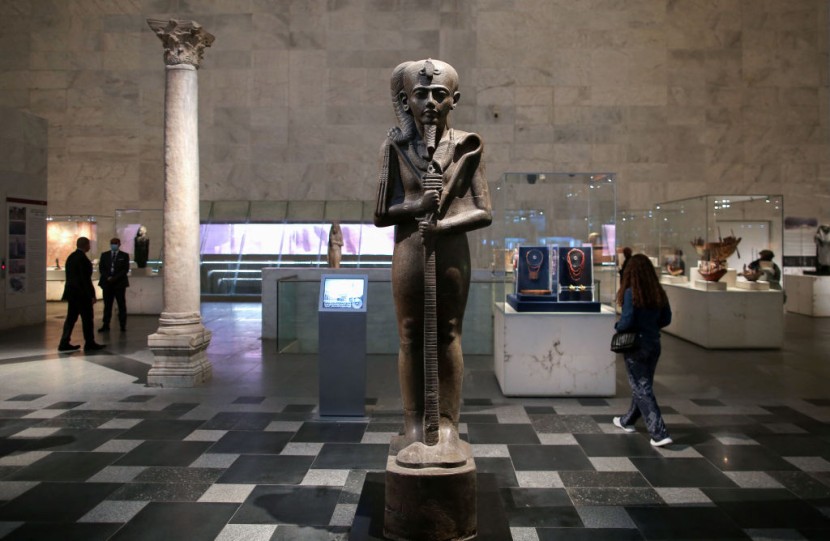
The discovery in an ancient port city in Egypt called Berenike, where an ancient Falcon shrine with uncanny inscriptions, has left archeologists very confused. Along with the message in the temple are headless falcons and unknown deities, adding to the befuddlement of the queer find.
Discovery Not Align with Prior Knowledge of Old Egypt
Along with the deities associated with the temple and beheaded falcons, a cryptic message about not boiling a head here, scholars were left befuddled, reported Live Science.
The temple is considered to be 1,700 years old, containing mummies of 15 decapitated falcons arranged on pedestals and a statue representing two unknown gods.
Both the temple and the monument were located in Berenike, which lies in an old port city of Egypt on the Red Sea. The ancient site was described in the October issue of the American Journal of Archaeology.
Found in the temple, the researchers said, was an iron harpoon that measured 13-inches long and was lying close to the pedestal inside.
David Frankfurter, a professor of religion at Boston University not connected to the study, explained some things about what they found. Taking the heads of the birds is a gestural offering of the people to the shrine's dedicated deity. When animal sacrifice is involved, that will include bloodletting of the offering by the believer.
Ancient Falcon Shrine Mystery
One room in the ancient Falcon shrine, where a stela was found, had Greek letters carved onto the stone, and it was translated to mean, 'It is improper to boil a head in here.'
It is unclear why the falcons were beheaded with the stela with uncanny inscriptions, not allowing boiling heads, and a harpoon positioned close to the falcon.
Hippocrates of Koptos, a child god, was represented on the stela, along with two Egyptian gods whose identities are unknown. A goddess with a crown of cow horns with a solar disc was noted in the study, but the falcon-headed deity is seen as the most important of the trio depicted in stone.
One theory is that the 15 headless falcons were sacrificed to the gods, particularly the god with the falcon head. Based on the experts, the harpoon could have also been a tribute. More animal remains like fish, mammals, and bird-egg shells might also be a divine tribute. It could be that feasts were held in the temple in the ancient Egyptian port city.
At the time the temple was used, the Roman Empire governed Egypt around the fourth century A.D., yet their regulation was dwindling.
In Berenike, these inscriptions were authored by Blemmyan kings. They were part nomads and resided in parts of Sudan and the south of Egypt. They lived in Berenike during the fourth and sixth centuries A.D. when they left the area.
Frankfurter explained to Live Science that the temple demonstrates that old religious methods persisted even after the Christian faith emerged. At the time the shrine was used, Christianity was still the official religion of the Empire.
Frankfurter said the old Egyptian religion stayed despite Christianity. Salima Ikram, another scholar, added that the Berenike discovery is an important finding showing the fusion of old and new beliefs.
An ancient Falcon shrine with uncanny inscriptions and artifacts in Berenike found in an Ancient Egyptian port city will give more secrets.
Related Article: 1600-Year-Old-Mosaic Showing Hercules with Neptune Unexpectedly Discovered by Archeologists Underneath Renovated Building
© 2026 HNGN, All rights reserved. Do not reproduce without permission.








